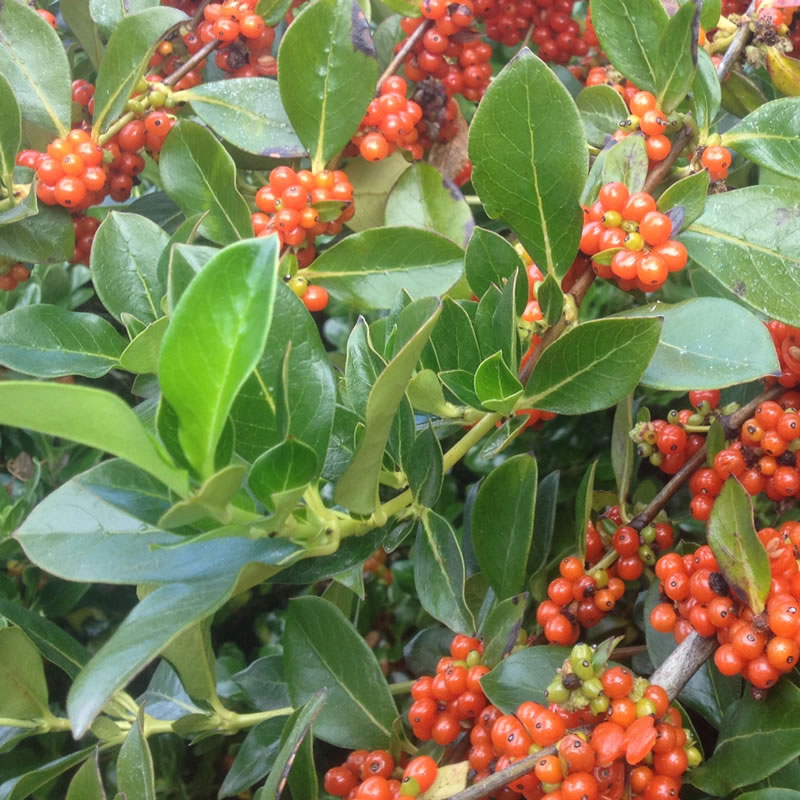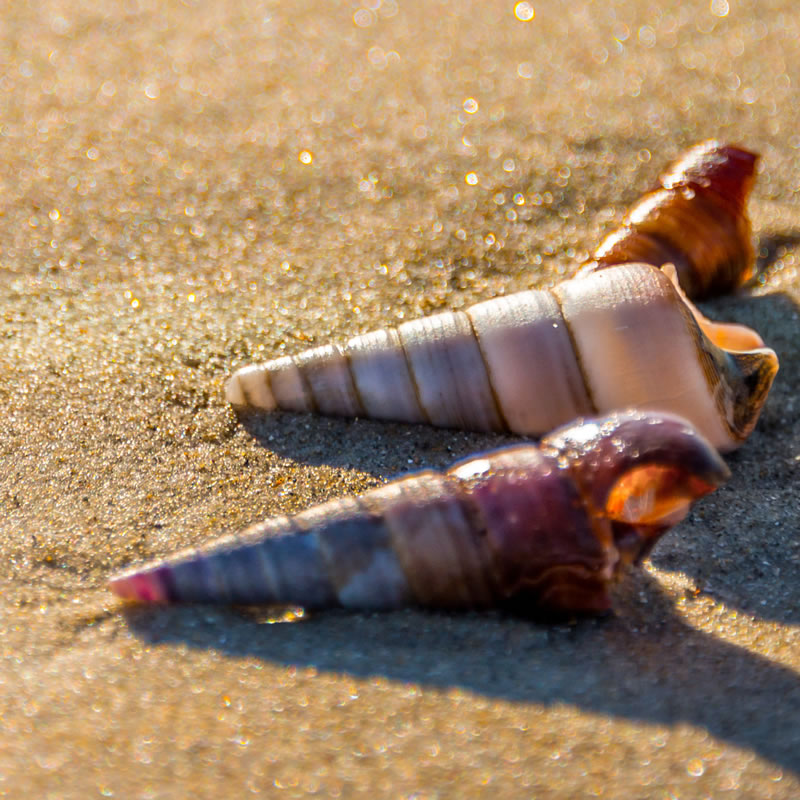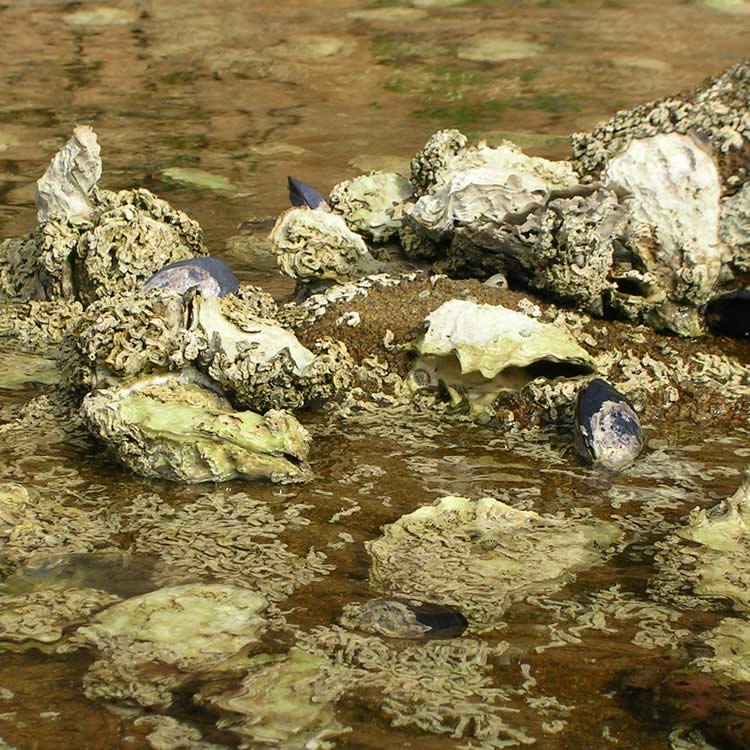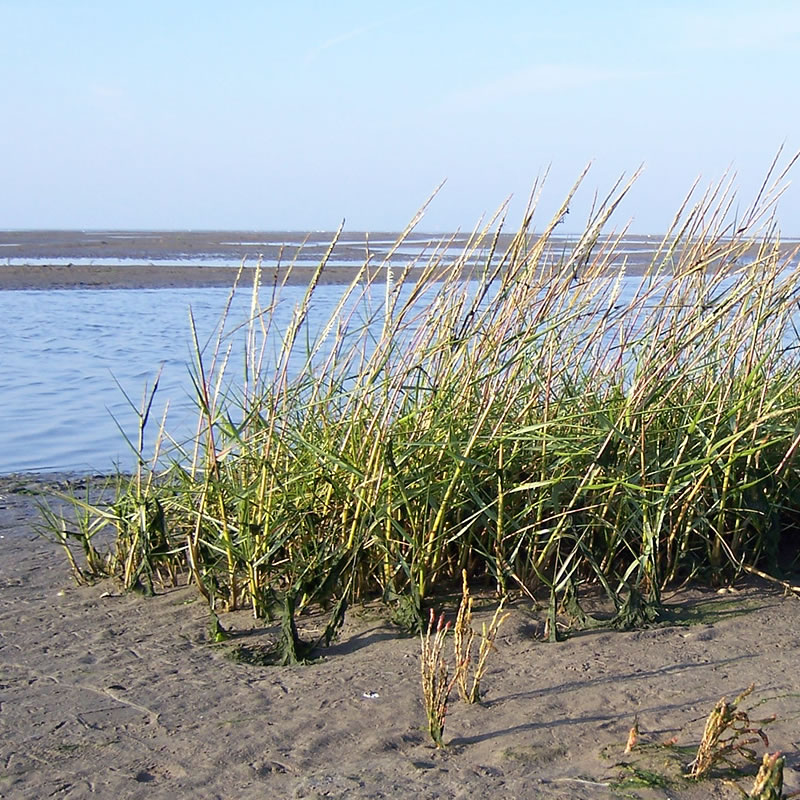Marine pests
A wide variety of marine pests have been introduced to the Derwent through ship ballast water, hull fouling, fishing and aquaculture activities. Shipping is likely to be responsible for the majority of the estuary’s pests. Over eighty introduced marine species have been identified in the estuary, with the greatest concentration found around the Hobart docks.
- The State of the Derwent Estuary 2020 provides an update on introduced marine species.
- You can read our report on Introduced marine pests and intertidal species 2008.
- We mapped weed presence in our Upper estuary foreshore surveys
The following species are considered to be having the greatest ecological impact on the estuary. They are generally abundant and widespread.
Marine pests state-wide enquiries ph 6165 3777
Tasmanian government hotline for reporting any new sightings of marine pests (or suspect species).
Biosecurity Tasmania about aquatic pests and diseases.
Learn to recognise unwanted freshwater pests.
Redmap (Range Extension Database & Mapping project)
This project invites the Australian community to spot, log and map marine species that are uncommon in Australia, or along particular parts of our coast.
Weed management
Over 71 species of weeds are found along the Derwent Estuary foreshore, including 15 State-declared weeds and seven Weeds of National Significance (WONS). Boneseed, African boxthorn, blackberry and fennel are particularly widespread.
In 2018, the DEP together with council partners and state government agencies, set up the Derwent Estuary Weed Collaboration. The group aims to enjoy the benefits of local knowledge, expertise and resources for effective weed management around the estuary. A Derwent Estuary Strategic Weed Assessment and Prioritisation Plan has ben developed and is available for all stakeholders to use.
Key species include:
- Rice grass (Spartina anglica) is a native of Europe and was introduced to a number of Tasmanian estuaries with good intentions, but adverse consequences. The Tasmanian Government commenced control efforts in earnest around 1995, with DEP taking over the responsibility for surveys and control works in 2008. No plants have been observed since 2016. For more information, see the 2017 Rice grass Report.
- Karamu (Coprosma robusta) is another weed of particular concern for the Derwent, extremely difficult to control . This New Zealand native is prevalent in the upper estuary near New Norfolk, and has the potential to spread into high value wetlands of the upper estuary. The DEP commenced control of this declared weed in 2010, with support from and Australian Government grant, and made progress in reducing the extent of the infestation, with support from a number of partners. In 2017 efforts were renewed with the creation of a new Karamu Strategic Management Plan, designed by the Derwent Catchment Project with input from the DEP and other partners, and control work is progressing well.




